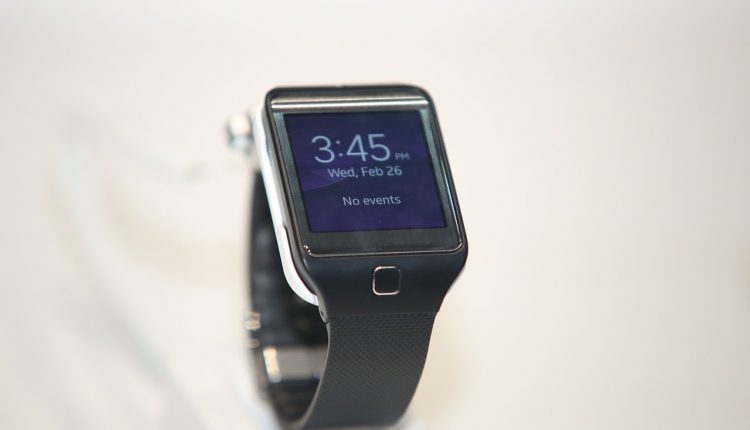Wearables market witnesses double digit growth: IDC

Global shipments of wearable devices reached 32.0 million units in the third quarter of 2018 (3Q18), up 21.7% from the previous year according to data from IDC Worldwide Quarterly Wearable Device Tracker. The analyst company said that new products from the likes of Fitbit, Garmin, and Huawei helped the basic wearables category return to growth during the quarter.
The report also stated that there is a growing demand in markets like Asia/Pacific (excluding Japan) which accounted for more than half of all shipments and grew 21.4% over the previous year. Meanwhile, the second largest market, the United States, saw its year-over-year growth decline 0.4% as it transitions from a market driven by new users to one that relies on replacement devices and upgrades.
“Many of the new basic wearables include features like notifications or simple app integrations that bleed into smartwatch territory. This has helped satiate consumer demand for more capable devices while also maintaining average selling prices in a market that faces plenty of downward pressure from low-cost vendors and declining smartwatch pricing,” said Jitesh Ubrani senior research analyst for IDC Mobile Device Trackers.
“However, this resurgence of basic wearables should be watched closely as these wearables have historically been popular due to their low-price points and simplified set of features. As more features get added and as the price differential between basic trackers and smartwatches narrows, brands could potentially move consumers upstream to smartwatches.”
“Meanwhile, the smartwatch market also evolved during the quarter as the two largest smartwatch brands, Apple and Fitbit, continued to delve deeper into the healthcare market,” added Ubrani. “The healthcare market is quickly becoming the next frontier for wearables brands to conquer. With heavy regulation and greater scrutiny, this segment will likely be the one that staves off value brands, allowing the market leaders to further cement their lead.”
“The wearables market benefits from geographic differences,” said Ramon T. Llamas, research director for IDC’s Wearables team. “China – the largest market for wearables and more than double the size of the US market – has grown thanks to strong device development and experimentation, low-cost products, and strong demand for basic devices to draw in new users. Meanwhile, the US market – while slowing down – presents an opportunity for vendors to offer more featured and higher-priced devices to current users and possibly to recapture old ones. In between the two markets are many other countries in various states of development, and this allows vendors to take different approaches to meet demand. Combine these geographic differences with the new product announcements and releases, and the stage is set for a strong holiday quarter.”
Xiaomi gained the top position during the quarter which IDC has attributed to the success of the Mi Band 3 and expansion beyond its home market China. Apple stood second owing to the price reduction on Apple’s Series 3 which accounted for the majority of its shipments during the quarter. Fitbit came in third as its newly launched devices allowed the company to regain market share; IDC expects this to continue in the near term. Huawei finished just ahead of Samsung to maintain its number four position worldwide, emphasizing its newest TalkBand B5 series of wristbands. Samsung closed some of the gap with Huawei and stretched its lead past other contenders, capturing the fifth position for the quarter.





